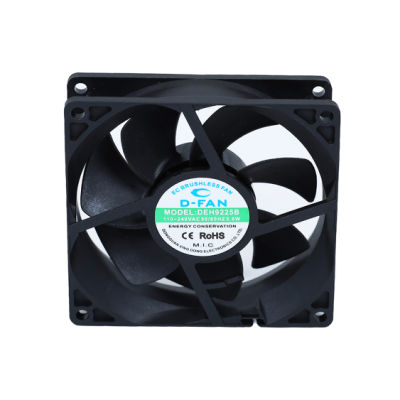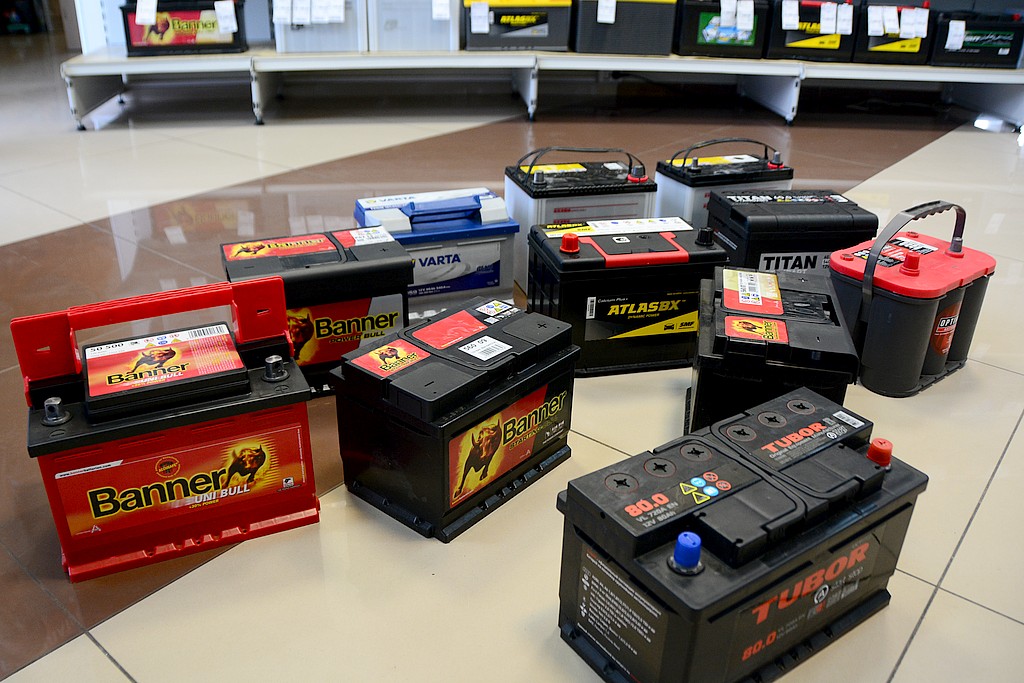
Long service life for cooling
It's hard to believe, but only 34 percent. the energy obtained from the combustion of the fuel-air mixture is converted into useful energy, i.e. mechanical energy. This figure shows, on the one hand, how low the efficiency of an average car engine is, and on the other hand, how much energy is spent on heat generation. The latter must be quickly dispersed to prevent overheating and thereby jamming the engine.
Glycol water
For proper cooling of a vehicle engine, it is necessary to use a factor that can effectively absorb and then remove huge excess thermal energy to the outside. It cannot be, for example, water, because due to its properties (it freezes at 0 degrees C and boils at 100 degrees C), it inefficiently removes excess heat from the system. Therefore, automotive cooling systems use a 50/50 mixture of water and monoethylene glycol. Such a mixture is characterized by a freezing point of -37 degrees C and a boiling point of 108 degrees C. A common mistake is to use one glycol. Why? It turns out that then the possibilities of effective heat removal are degraded, besides, undiluted glycol freezes at a temperature of only -13 degrees C. Therefore, the use of pure glycol can cause the engine to overheat, which can even lead to seizure. . For best results, mix glycol with distilled water in a 1:1 ratio.
With corrosion inhibitors
Specialists pay attention to the purity of the substances used to cool the engine. First of all, we are talking about the purity of the glycol. The use of the latter of low quality contributes to the formation of foci of corrosion in the cooling system (due to the formation of acidic compounds). The most important factor in the quality of glycol is the presence of so-called corrosion inhibitors. Their main role is to protect the cooling system from both corrosion and the formation of dangerous deposits. Corrosion inhibitors also protect the coolant from premature aging. How often should the coolant in the car radiators be changed? It all depends on the manufacturer and the additives used in them - classic or organic.
Two to six years old
The simplest coolants contain classic additives such as silicates, phosphates or borates. Their disadvantage is the rapid depletion of the protective properties and the formation of deposits in the system. For these fluids, it is recommended to change even every two years. The situation is different with fluids containing organic compounds (so-called carboxylic compounds), also known as long life fluids. Their action is based on the catalytic effect. These compounds do not react with the metal, but only mediate it. Due to this, they can better protect the system from the formation of corrosion centers. In the case of liquids with a long service life, their service life is defined as even six years, or about 250 thousand. km of run.
Protection and neutrality
The best coolants with organic carbon compounds not only protect the system from the risk of corrosion, but also prevent the formation of dangerous deposits that interfere with the cooling process. These fluids also effectively neutralize acidic exhaust gases that may enter the cooling system from the combustion chamber. At the same time, which is also important, they do not react with plastics and elastomers used in the cooling systems of modern cars. Liquids with organic additives are much better at preventing the risk of engine overheating than their mineral counterparts, and therefore they are increasingly replacing the latter.
